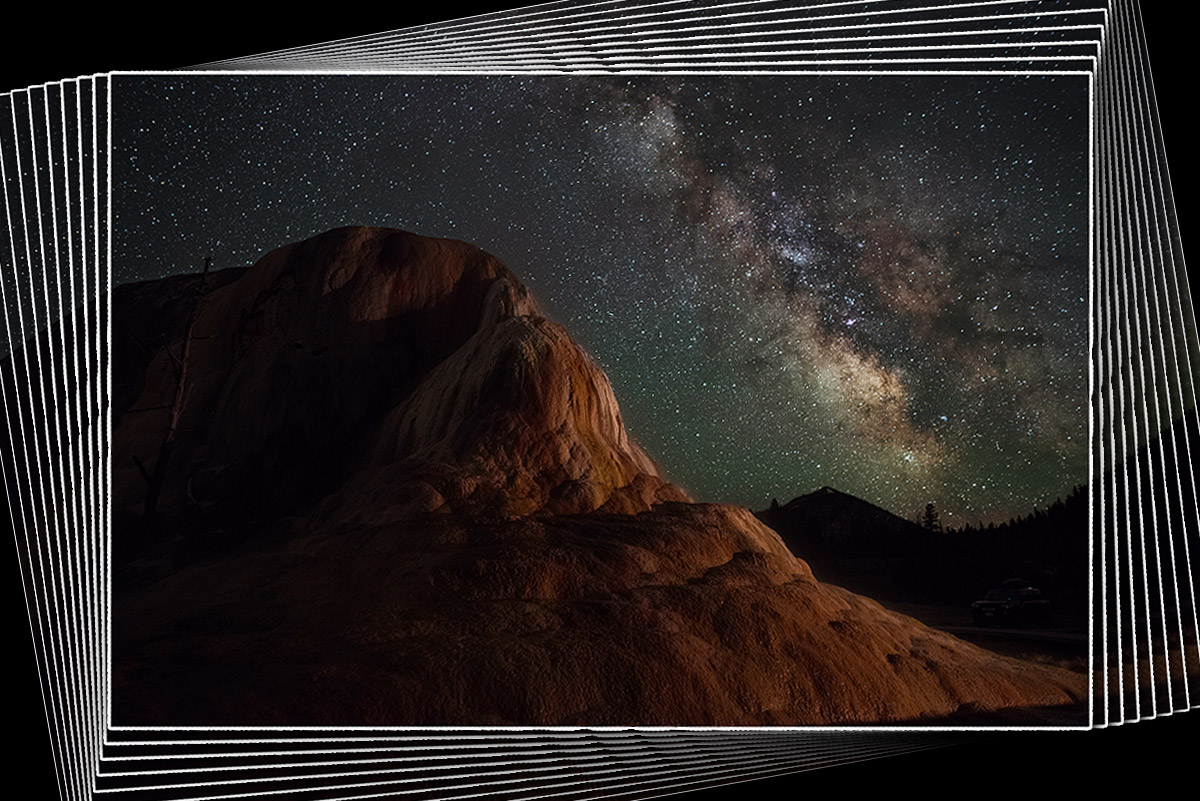

- FREE IMAGE STACKING SOFTWARE FOR ASTROPHOTOGRAPHY HOW TO
- FREE IMAGE STACKING SOFTWARE FOR ASTROPHOTOGRAPHY ISO
If stacking 4 images improves the image quality of 50% respect what you got by stacking only 2 images, to improve a further 50% the image quality from stacking 50 images, you may need to stack 300 images or more. Comparison between stacked image (top) and its sharpened version (bottom).įinally, bear in mind that the progression of image quality is not linear.

While Image stacking creates a cleaner image, it often softens the image: digital sharpening techniques are then used to recover sharp looking details. The image shows the progression of quality improvement with the number of images stacked. The more images you stack, the cleaner the resulting images are, as shown in the comparison below. Comparison between the single image (top) (Sony RX) and the result of stacking 30 images (bottom). As you can see, the original images showed a greater deal of noise (grain) than the stacked one.
FREE IMAGE STACKING SOFTWARE FOR ASTROPHOTOGRAPHY ISO
The image below shows a real-life example from stacking 30 images from my Sony RX10 bridge camera taken at ISO 6400.

ISO noise and Luminance noise and Chrominance noise are examples of digital noises that are random. If the considered digital noise affects the pixel values randomly across the stack, then the result of averaging the stack is that the random component of the noise to the pixel value is significantly reduced. 12 images with low signal to noise are stacked and averaged to produce a cleaner and more detailed image. The scheme below illustrates the concept. The result is a single image with improved signal to noise ratio, i.e., with better details and lower (random) digital noise and better details.

In the simplest form of image stacking, the pixels values for all images in the stack are averaged to produce a single image. Each digital image is formed by a set of pixels, all having a certain value: dark pixels will have a lower value than the bright ones.A stack can be visualized as a pile of images all stacked one on top of the other.The concept behind image stacking is simple, but to appreciate how it works, there are a couple of things we have to consider:
FREE IMAGE STACKING SOFTWARE FOR ASTROPHOTOGRAPHY HOW TO
Note: Don’t miss the detailed video at the end of this article, It was created to help show you how to quickly start using some of the stacking software mentioned in this article.Ĭlick here to skip to our Image Stacking Demo Video.Ĩ) Conclusion What Does Stacking Photos Mean? This article will help you find which is best for you. There are many astro stacking programs to choose from. In this article, we will discuss some of the most popular software available for astrophotography image stacking. Image stacking is the technique used to improve the signal to noise ratio, and it is the only noise reduction method that will boost the image details rather than smear them out. Reduce noise and deal with light gradients and vignetting.In astrophotography you cannot avoid post processing your images, so stacking and editing your images serves three main purposes: Astrophotography is closer to science than art, and there is no such thing as “getting it right in camera.” This means you cannot simply point the camera at the sky and snap away.


 0 kommentar(er)
0 kommentar(er)
